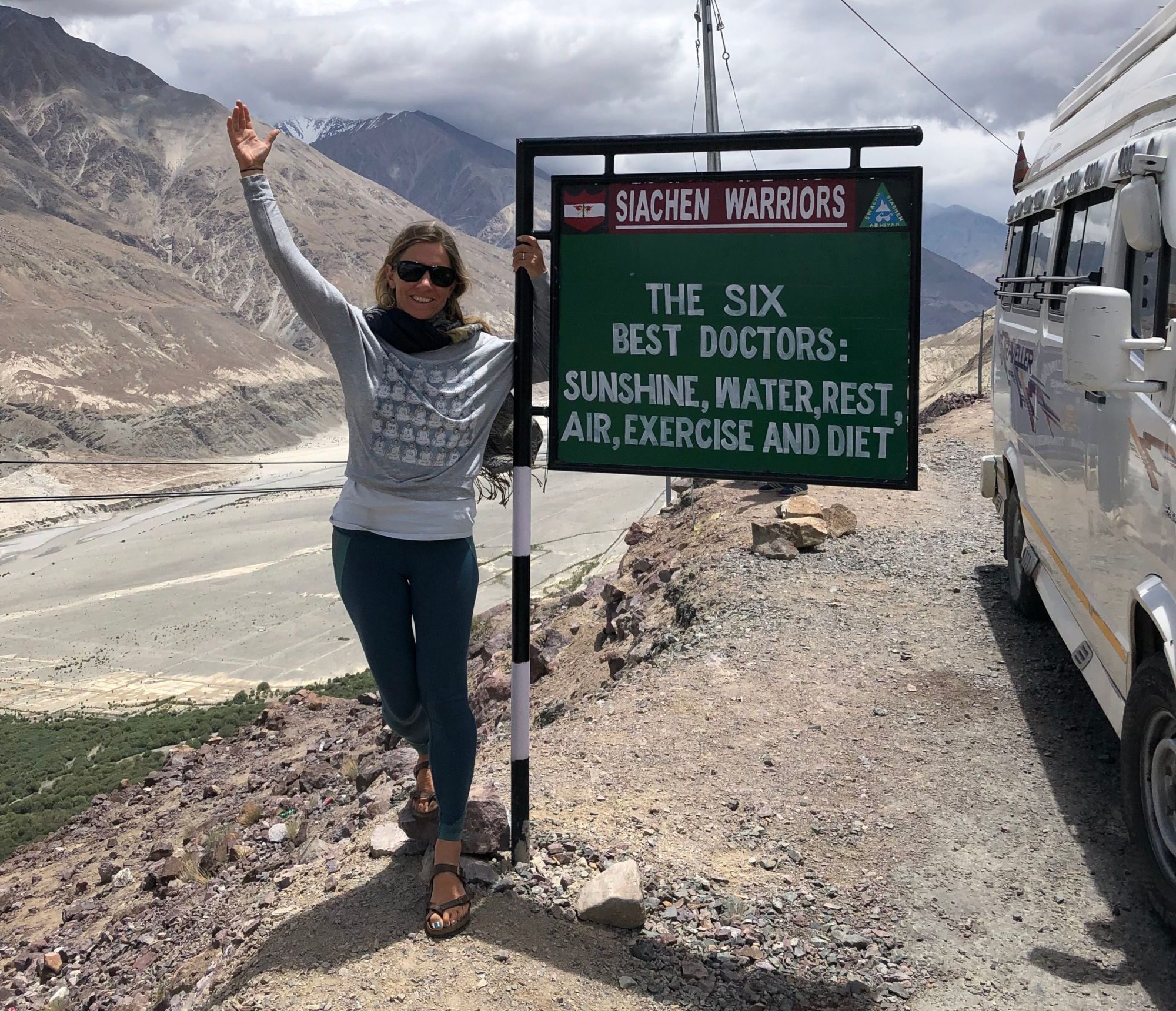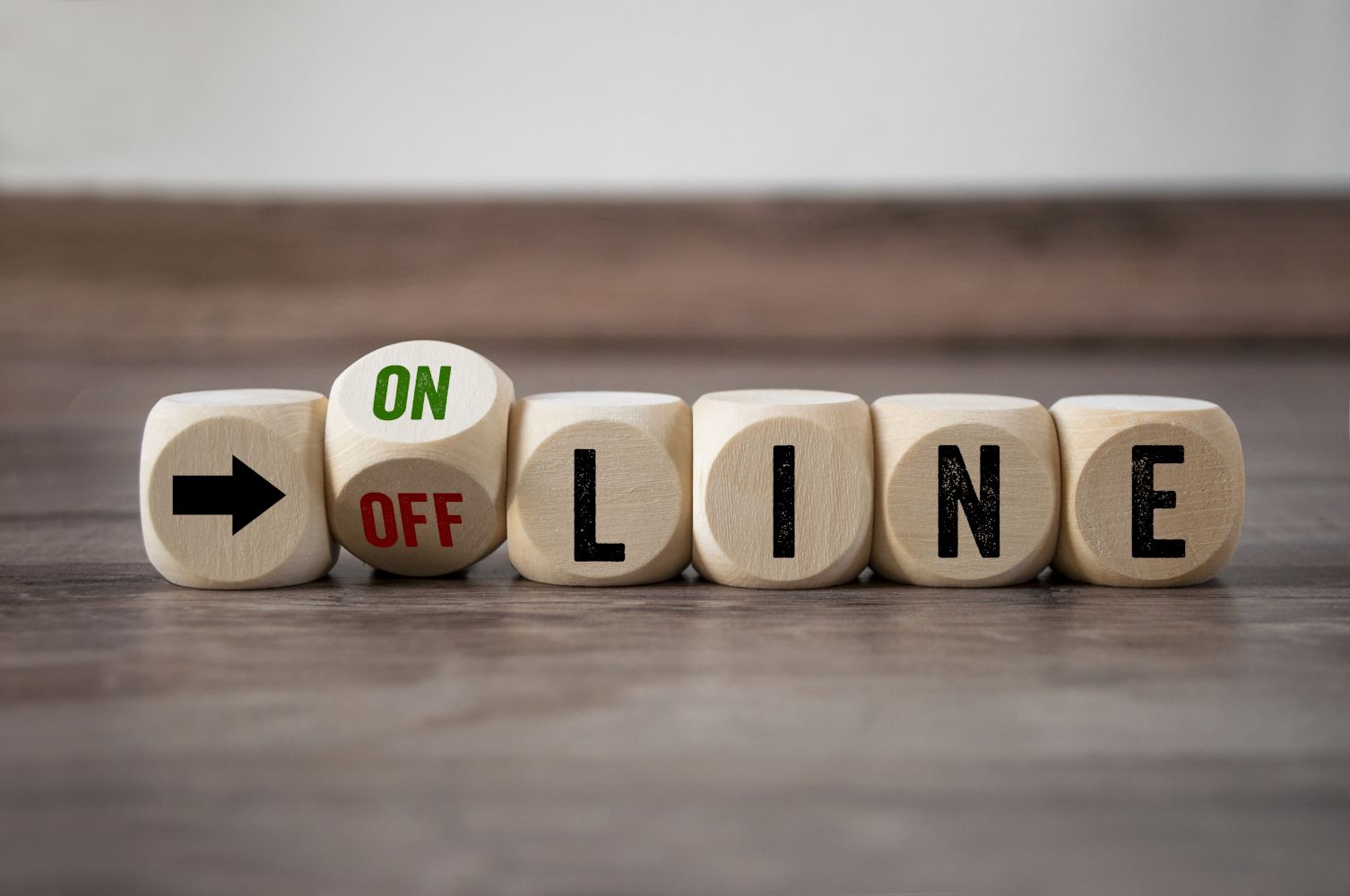With the coronavirus outbreak, we’ve been bombarded with recommendations on how to effectively wash our hands. Some insist, silently sing the “Happy Birthday,” or alphabet song (not once, but twice), or simply count to 30. It’s fascinating to look at the history of how hand washing became a universal medical approach. Although it is common sense now, it actually was not an effortless process for doctors to embrace. It went through a long and tumultuous period before good hand hygiene became an established practice in hospitals, and it had to overcome even tougher resistance before being recommended to the general public.
Since ancient times, scientists have tried to figure out what caused epidemics and how to prevent people from getting sick. The miasmic theory was one of the earliest, widely-accepted medical hypotheses which propagated the belief that highly infectious diseases (such as the plague or cholera) are caused by “bad air” emitted from rotting organic matter. The assumption prevailed among scientists and doctors, from antiquity until the 19th century when it was replaced by the germ theory, which discovered microorganisms’ role in causing illnesses. However, the notion that diseases can be spread from person to person was first proposed by the Greek historian and general Thucydides in the 5th century BC. The Romans also warned of certain “seeds of plague” posing danger to humans being in contact with one another. During the Middle Ages, the contagion hypothesis had been further developed and included in various medical textbooks with some hygiene recommendations and rituals. Even so, the medical and scientific establishment did not fully adopt it until 1860 when Louis Pasteur proved the connection between pathogens and diseases. Although the germ theory started to explain the role microorganisms play in spreading infections, it didn’t immediately translate into a realization that hand washing could be a preventive disease solution.
In the 1840s (two decades before Pasteur’s formal experiments took place), a Hungarian physician named Ignaz Semmelweis discovered that hand disinfection in obstetrical clinics could drastically decrease the high mortality rates observed in such facilities. He published the book The Etiology, Concept, and Prophylaxis of Childbed Fever with his findings on the subject. Applying his hypotheses, he unequivocally reduced the death rate among his patients in the maternity ward of the Vienna General Hospital by requiring mandatory hand washing for his staff. However, the medical community strongly rejected and ridiculed his beliefs, offended by his assertions that doctors bore any responsibilities for maternal mortality. The Vienna Hospital also disregarded his hygiene protocol, despite its proven effectiveness in saving lives.
It wasn’t until the late 1870s where the practice of sanitizing hands and surgical instruments began to be recognized. Yet, it would take another century for the first national hand hygiene guidelines in health care to be published (which occurred in the US in the 1980s). In 1995, the CDC expanded its recommendations to include not only antimicrobial soap, but also waterless antiseptic agents for healthcare workers. The alcohol-based, hand-rub for medical personnel became a norm in 2000, and a few years later, the World Health Organization created its “Guidelines on Hand Hygiene in Health Care,” universally adopting the approach.
Even though personal hand cleanliness is no longer controversial, the national and international health organizations feel compelled to provide us with detailed tutorials on how exactly to maintain it. The signs “Employees Must Wash Hands” in many food stores show that there is still a need for a constant reminder to do so. So, sing the song of your choice, or count to 30 while mindfully and thoroughly scraping your hands clean to minimize your germ exposure!














